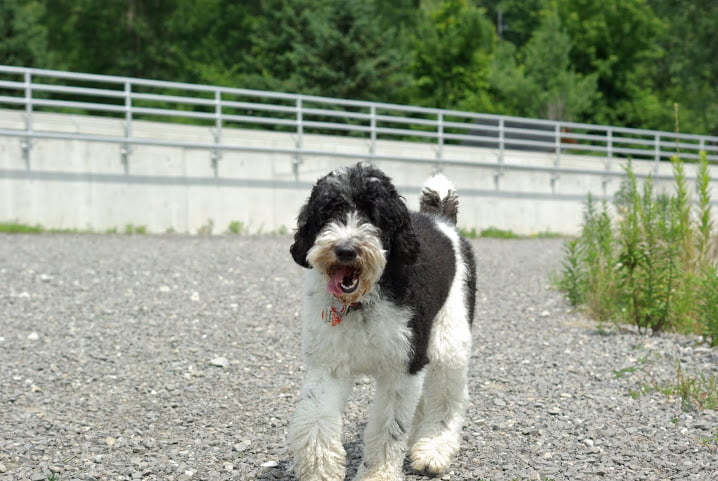Blogs
Teaching an Adult Dog to Sit
Teaching an Adult Dog to Sit

There are many reasons why an adult dog might need to be trained, or retrained, to sit. It could be that the owner didn’t train the dog as a puppy, not seeing it as necessary; however, now that the cute little puppy is a larger and more assertive version of its former self, its inability to sit on command has become a problem for the owner. More often, however, retraining is required because an adult dog has come into a new owner’s life as a rescue from a shelter. This is a wonderful thing, but the new owner must be prepared to train the dog from scratch if necessary.
As when training a puppy, begin in a space where the dog feels safe and comfortable, and in which there are a minimum of other distractions – such as a quiet room in your home. Distractions are very important to training, but not until the dog has fully grasped the basic command without them. That will be covered in another post.
Years of ingrained undesirable behaviour and bad habits may make it necessary to begin training your dog on a leash. This will give you an additional dimension of control you may need. Also, keep a small baggie of treat rewards somewhere on your person, such as attached to a belt loop, to have them handy. You may need to use them during the training session if your dog requires something to overcome shyness, to refocus a hyperactive or overexcited dog, or if he is resisting the hand positioning method described here.
Gather up most of the leash in one hand, leaving only a bit of slack between you and your dog. Have the dog standing on the opposite side of you from the hand that is holding the leash, so that the leash is across the front of your body and the hand closest to your dog is free. With this free hand, gently press down on your dog’s lower back, just above the hips, while saying “sit” in a firm but calm tone. Don’t force or squeeze, as the dog will instinctively resist force or pain. Be gentle. At the same time, you must be aware of what your other hand, the one holding the leash, is doing. Try to keep an even tension on the leash, even a bit of slack if possible. Do not pull your dog’s head upward in order to force him to sit. This might teach him that he only has to sit when you pull upwards on the leash with force, and this is definitely not what you want him to learn.
Once your dog has lowered his back end, even if it is only for a second, give him lots of verbal and physical praise. He may pop back up immediately, but that is okay. End the praise and begin the steps again. As you practice, try to use less and less guidance on his back with your free hand, until he is sitting without your hand touching his back. Be patient and do not scold your dog. Depending on the dog’s background, it may take days or even weeks of work to succeed.
If your dog is absolutely resisting the gentle downward pressure on his lower back, you may need to try using treats as an added incentive. Readjust how you are holding the leash so that you can also hold a tidbit between your thumb and forefinger of that hand. Go through the steps again while holding the treat near your dog’s nose. You will need to use your free hand to apply the gentle pressure to his back. Once you feel your dog’s back end lowering, give the treat and lots of praise. If you are finding it too difficult to manage the treat and the leash together, remove the leash and try again without it.
